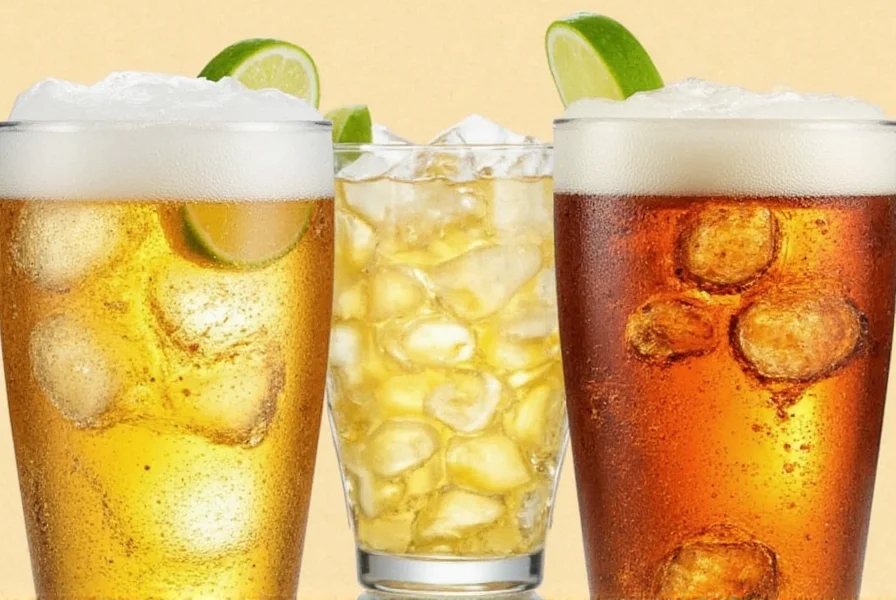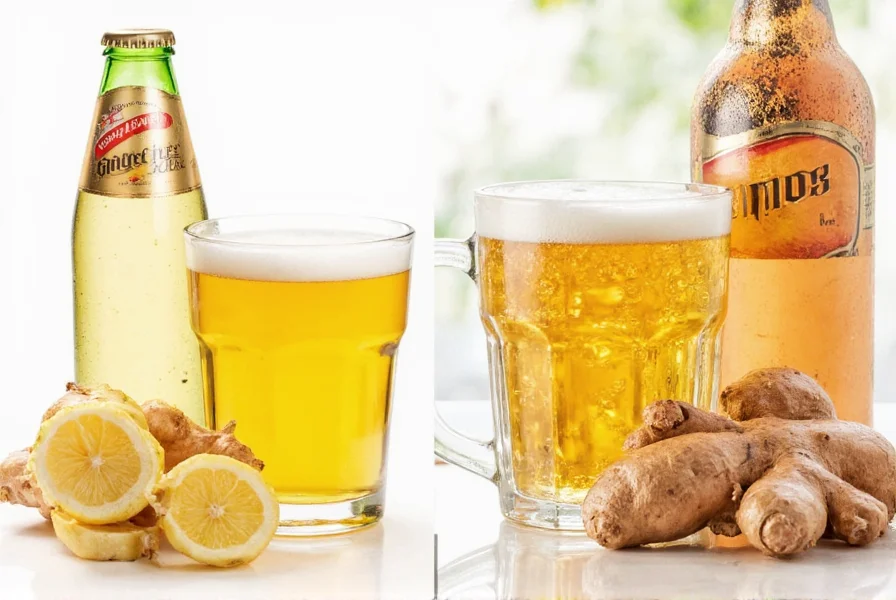Understanding the distinction between ginger and ginger ale is essential for making informed dietary choices. While they share a name and some flavor characteristics, these two products differ significantly in composition, preparation, and potential benefits.
What Exactly Is Ginger?
Ginger (Zingiber officinale) is a flowering plant whose rhizome, or underground stem, is widely used as a spice and traditional remedy. This knobby root has been cultivated for thousands of years across Asia and has become a staple in global cuisines. The characteristic pungent flavor comes primarily from gingerol, a bioactive compound that gives ginger its distinctive heat and properties.
Fresh ginger contains approximately 1-3% gingerol by weight, along with other compounds including shogaols and zingerone. When consumed, these compounds interact with the body in ways that have been studied for various applications. Ginger can be used fresh, dried, powdered, or as an oil or juice in cooking, baking, and beverage preparation.

The Evolution of Ginger Ale
Ginger ale originated in Ireland during the mid-19th century as a fermented beverage made from ginger, sugar, and water. Traditional ginger beer plants involved natural fermentation using a symbiotic culture of bacteria and yeast. However, modern commercial ginger ale has evolved significantly from these origins.
Today's mainstream ginger ales are typically carbonated soft drinks that contain only trace amounts of actual ginger extract, if any. Instead, they rely on artificial ginger flavoring, high fructose corn syrup, citric acid, and caramel color. The two primary varieties are:
- Golden ginger ale - Darker in color with a stronger ginger flavor, closer to traditional recipes
- Dry ginger ale - Pale in color with a milder, sweeter taste that became popular in North America
Key Differences Between Ginger and Ginger Ale
| Characteristic | Ginger (Fresh Root) | Commercial Ginger Ale |
|---|---|---|
| Primary Ingredients | Ginger root, water | Carbonated water, high fructose corn syrup, citric acid, natural/artificial flavors |
| Ginger Content | 100% ginger | Typically less than 0.5% actual ginger extract |
| Key Compounds | Gingerol, shogaols, zingerone | Artificial flavor compounds |
| Sugar Content | Negligible (0.5g per ounce) | High (10-12g per ounce) |
| Calories per 8oz | Approximately 8 calories | Approximately 120 calories |
| Processing | Minimal (washed, sometimes peeled) | Highly processed with multiple additives |
Nutritional and Composition Comparison
The nutritional profiles of ginger and ginger ale couldn't be more different. A 1-inch piece of fresh ginger (about 15g) contains approximately:
- 8 calories
- 0.2g protein
- 0.2g fat
- 1.8g carbohydrates
- 0.2g fiber
- Trace amounts of vitamins and minerals including magnesium, potassium, and vitamin B6
In contrast, an 8-ounce serving of typical commercial ginger ale contains:
- 120 calories
- 0g protein
- 0g fat
- 31g carbohydrates
- 31g sugars
- Negligible vitamins or minerals
Health Properties: What Research Shows
Research on ginger has focused on its bioactive compounds, particularly gingerol. Studies suggest ginger may support digestive health and help with occasional digestive discomfort. The concentration of these compounds in commercial ginger ale is typically too low to provide similar properties.
When examining ginger ale ingredients compared to fresh ginger, the difference in potential benefits becomes clear. Fresh ginger contains the full spectrum of naturally occurring compounds, while most ginger ales contain such minimal ginger extract that any potential properties would be negligible.
For those wondering is ginger ale made from real ginger, the answer is technically yes in most cases—but only in trace amounts. The distinctive flavor primarily comes from artificial or natural flavorings designed to mimic ginger's taste without using substantial quantities of the actual root.
Culinary Applications and Best Uses
Understanding the difference between ginger and ginger ale helps determine their best culinary applications:
Fresh ginger excels in:
- Asian cuisine (stir-fries, marinades)
- Teas and infusions
- Baking (gingerbread, cookies)
- Smoothies and fresh juices
- Preserves and chutneys
Ginger ale works best as:
- A mixer in cocktails
- A base for non-alcoholic punches
- A remedy for settling the stomach (though effectiveness varies)
- A sweet beverage option
Choosing Quality Products
For those seeking more authentic ginger flavor, some craft beverage makers produce ginger ales with higher ginger content. Look for products that list "ginger root extract" or "ginger juice" higher in the ingredients list, and preferably sweetened with cane sugar rather than high fructose corn syrup.
When selecting fresh ginger, choose firm roots with smooth skin and no soft spots. The best ginger has a spicy, citrusy aroma when scratched. Store unpeeled ginger in the refrigerator for up to three weeks, or freeze it for longer storage.
Common Misconceptions Clarified
One widespread misconception is that all ginger-flavored beverages contain significant amounts of real ginger. In reality, most mass-produced ginger ales contain minimal actual ginger. Another common confusion involves what is the difference between ginger beer and ginger ale—ginger beer traditionally contains more ginger and is often fermented, giving it a stronger flavor and sometimes slight alcohol content, while ginger ale is milder and typically non-fermented.
Final Considerations
When exploring ginger versus ginger ale, it's important to recognize they serve different purposes. Fresh ginger offers culinary versatility and natural compounds, while ginger ale functions primarily as a flavored beverage. Understanding these distinctions helps consumers make choices aligned with their dietary preferences and needs.
For those interested in experiencing genuine ginger flavor and potential properties, using fresh ginger in cooking or preparing homemade ginger tea provides significantly more authentic experience than commercial ginger ale. Those who enjoy ginger ale for its taste should understand it's primarily a sweetened carbonated beverage with only subtle ginger notes.











 浙公网安备
33010002000092号
浙公网安备
33010002000092号 浙B2-20120091-4
浙B2-20120091-4